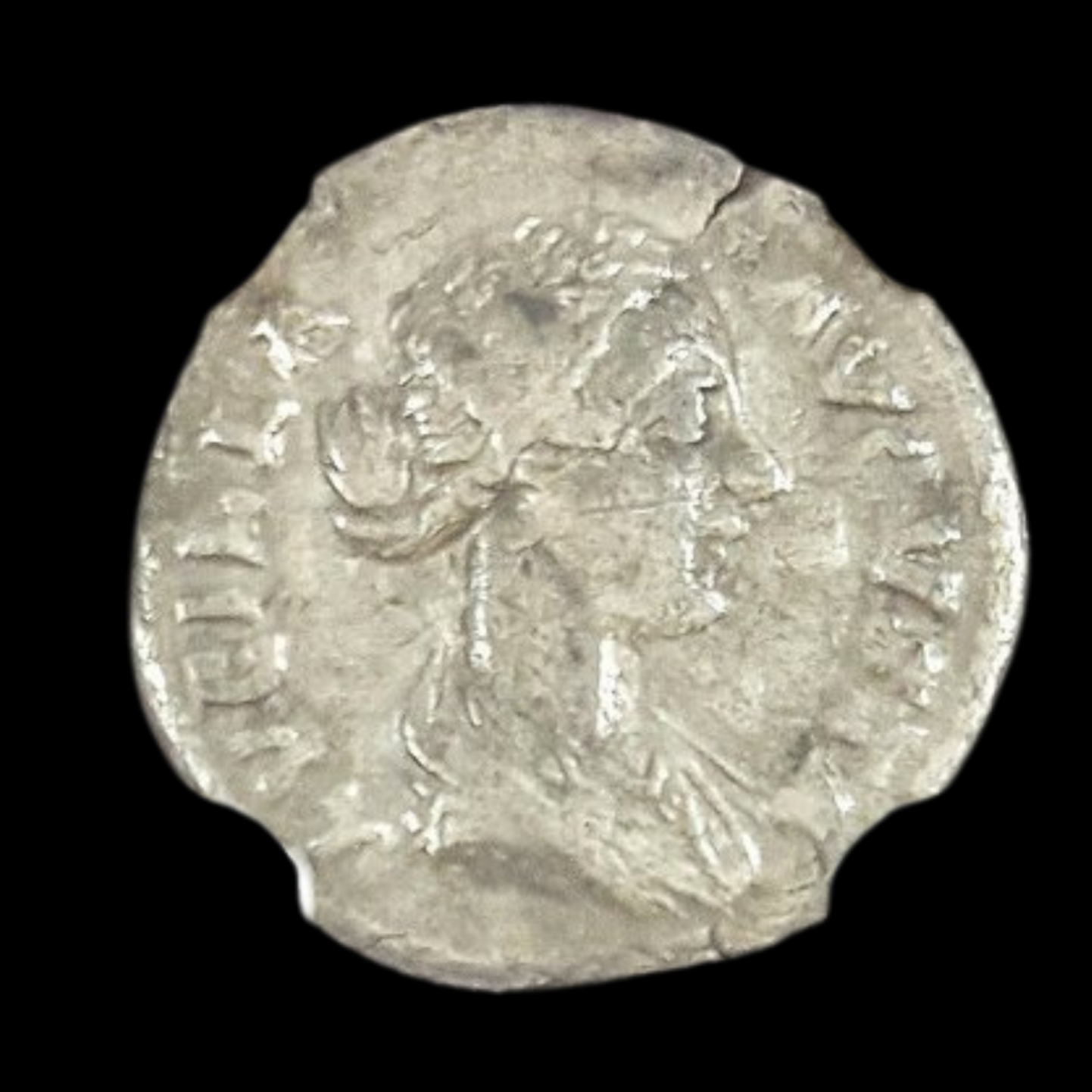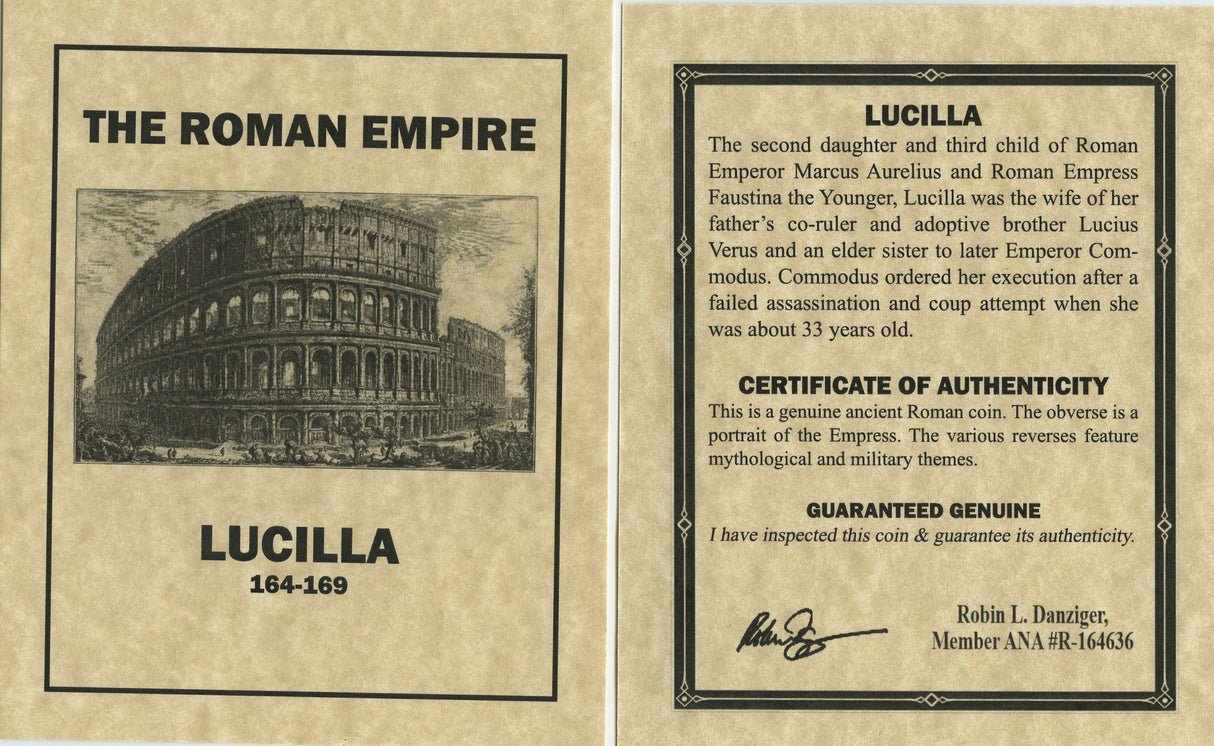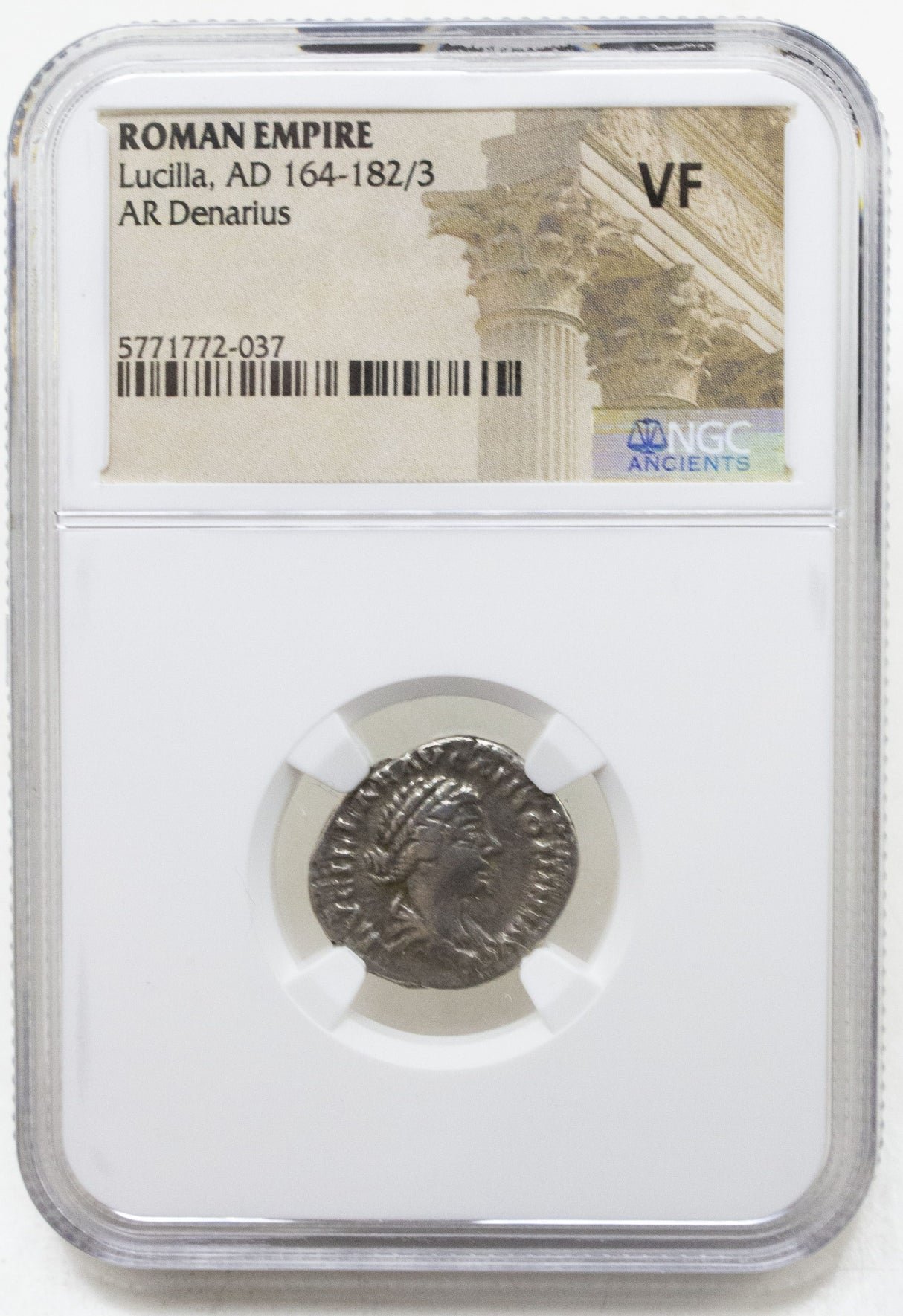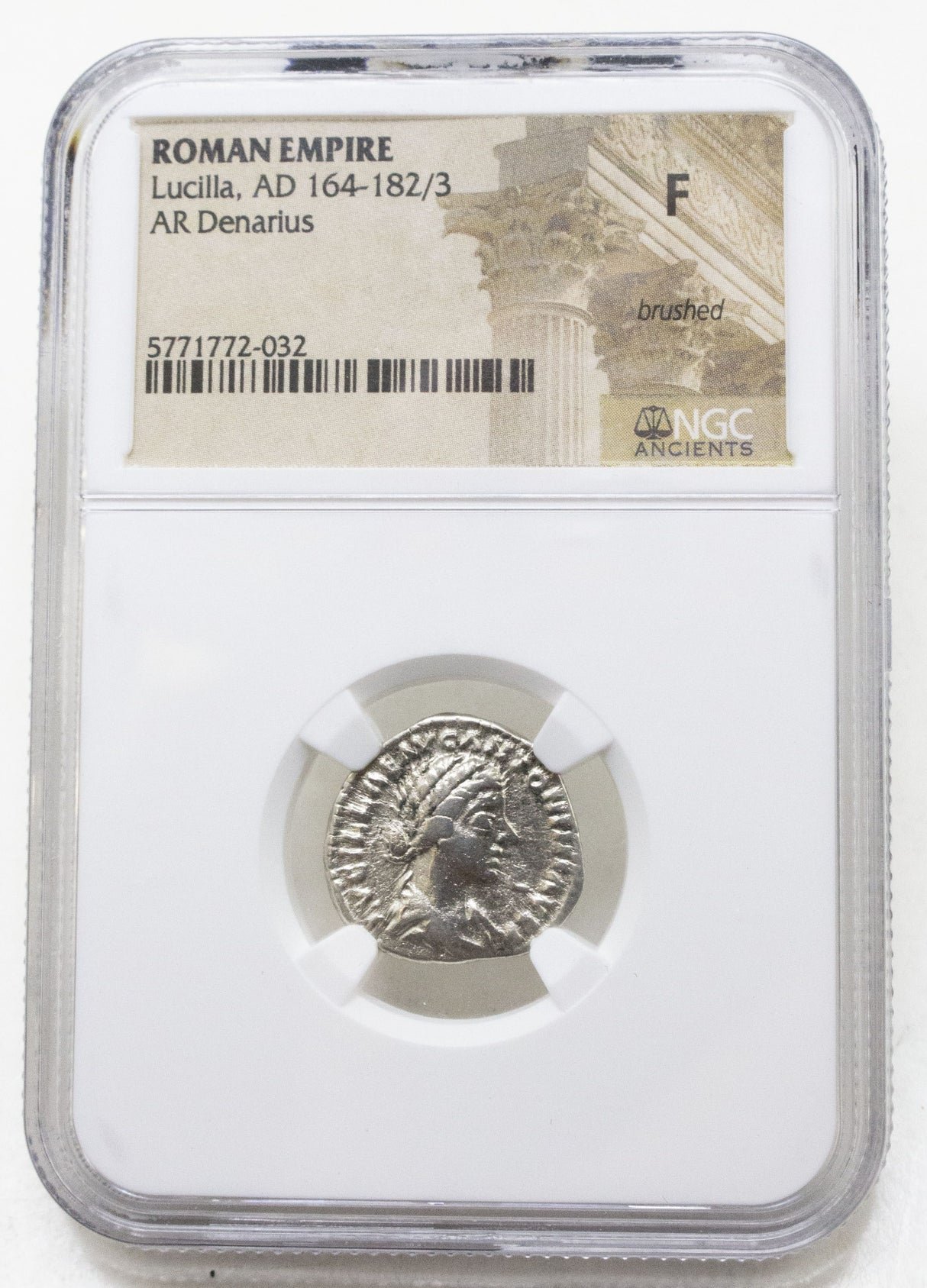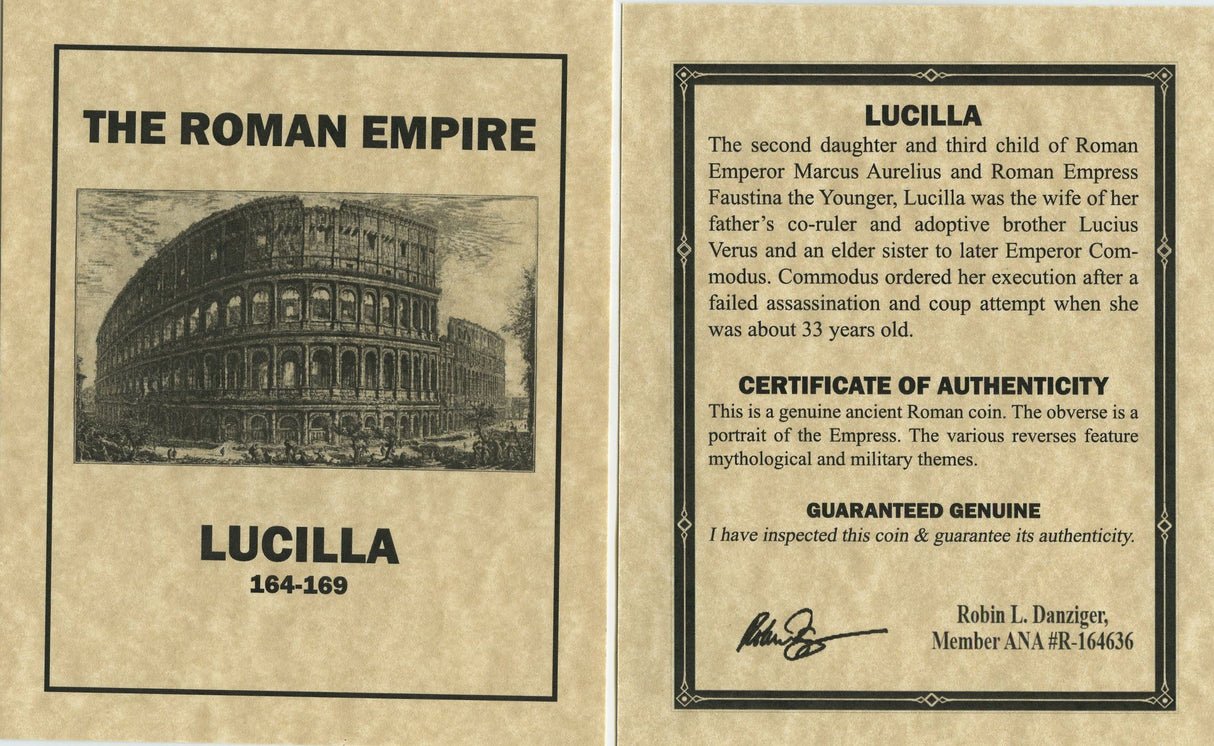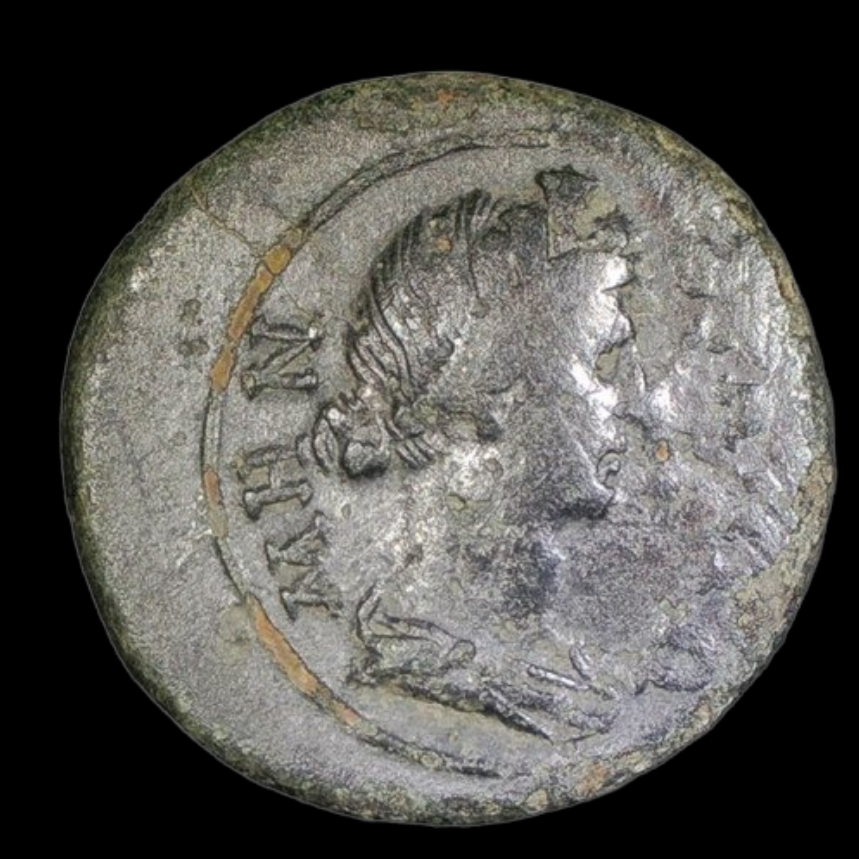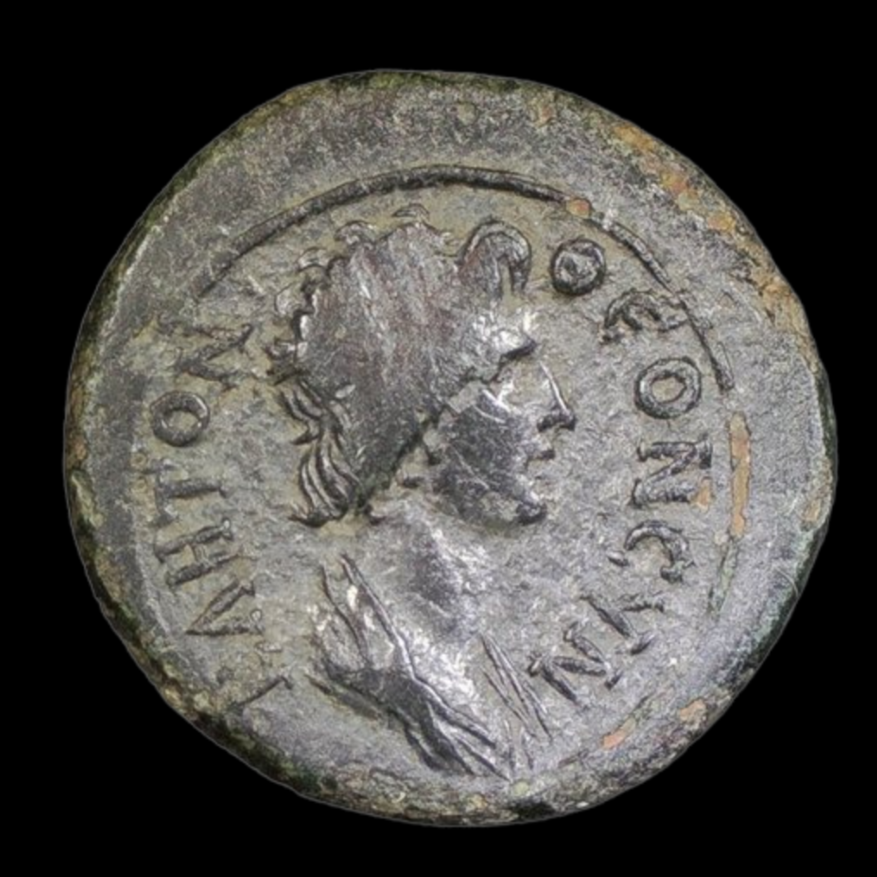 Image 1 of 2
Image 1 of 2

 Image 2 of 2
Image 2 of 2



Roman Empire Bronze Reduced Follis of Constantine I (about 1710-1715 years ago)
This bronze coin was minted in Thessalonica (modern Thessaloniki, Greece) during a pivotal period in Constantine I's rise to power. As the Roman Empire underwent significant political and religious transformation, this coin reflects the complex religious imagery of the transitional period before Constantine's full embrace of Christianity.
Coin Description:
Front side: Bearded, laureate bust of Constantine I facing right, wearing imperial robes and cuirass (armor), seen from the front; Latin inscription "IMP C CONSTANTINVS P F AVG" (Emperor Caesar Constantine, Pius Felix Augustus)
Back side: Jupiter standing left, holding Victory on globe and scepter, with eagle holding wreath in its beak at his feet; inscription "IOVI CONSERVATORI AVGG NN" (To Jupiter, Preserver of our Emperors); mint mark "TS.B." in exergue
Technical Details:
Bronze composition, weighing 3.40 grams
Reduced Follis denomination (standard bronze coin of the period)
References: RIC-61a (C), officina B=2
No certification mentioned
Date: 312-313 CE, minted at Thessalonica
Historical Significance:
This coin was struck around the time of Constantine's victory at the Milvian Bridge (312 CE), which tradition holds was preceded by his vision of the Christian cross. Despite this, this coin still depicts traditional pagan imagery of Jupiter, reflecting Constantine's cautious religious policy during this transitional period. The "Preserver of our Emperors" inscription acknowledges the continued role of multiple rulers in the imperial system before Constantine became sole emperor.
This bronze coin was minted in Thessalonica (modern Thessaloniki, Greece) during a pivotal period in Constantine I's rise to power. As the Roman Empire underwent significant political and religious transformation, this coin reflects the complex religious imagery of the transitional period before Constantine's full embrace of Christianity.
Coin Description:
Front side: Bearded, laureate bust of Constantine I facing right, wearing imperial robes and cuirass (armor), seen from the front; Latin inscription "IMP C CONSTANTINVS P F AVG" (Emperor Caesar Constantine, Pius Felix Augustus)
Back side: Jupiter standing left, holding Victory on globe and scepter, with eagle holding wreath in its beak at his feet; inscription "IOVI CONSERVATORI AVGG NN" (To Jupiter, Preserver of our Emperors); mint mark "TS.B." in exergue
Technical Details:
Bronze composition, weighing 3.40 grams
Reduced Follis denomination (standard bronze coin of the period)
References: RIC-61a (C), officina B=2
No certification mentioned
Date: 312-313 CE, minted at Thessalonica
Historical Significance:
This coin was struck around the time of Constantine's victory at the Milvian Bridge (312 CE), which tradition holds was preceded by his vision of the Christian cross. Despite this, this coin still depicts traditional pagan imagery of Jupiter, reflecting Constantine's cautious religious policy during this transitional period. The "Preserver of our Emperors" inscription acknowledges the continued role of multiple rulers in the imperial system before Constantine became sole emperor.
This bronze coin was minted in Thessalonica (modern Thessaloniki, Greece) during a pivotal period in Constantine I's rise to power. As the Roman Empire underwent significant political and religious transformation, this coin reflects the complex religious imagery of the transitional period before Constantine's full embrace of Christianity.
Coin Description:
Front side: Bearded, laureate bust of Constantine I facing right, wearing imperial robes and cuirass (armor), seen from the front; Latin inscription "IMP C CONSTANTINVS P F AVG" (Emperor Caesar Constantine, Pius Felix Augustus)
Back side: Jupiter standing left, holding Victory on globe and scepter, with eagle holding wreath in its beak at his feet; inscription "IOVI CONSERVATORI AVGG NN" (To Jupiter, Preserver of our Emperors); mint mark "TS.B." in exergue
Technical Details:
Bronze composition, weighing 3.40 grams
Reduced Follis denomination (standard bronze coin of the period)
References: RIC-61a (C), officina B=2
No certification mentioned
Date: 312-313 CE, minted at Thessalonica
Historical Significance:
This coin was struck around the time of Constantine's victory at the Milvian Bridge (312 CE), which tradition holds was preceded by his vision of the Christian cross. Despite this, this coin still depicts traditional pagan imagery of Jupiter, reflecting Constantine's cautious religious policy during this transitional period. The "Preserver of our Emperors" inscription acknowledges the continued role of multiple rulers in the imperial system before Constantine became sole emperor.
Constantine I[g] (Latin: Flavius Valerius Constantinus; 27 February c. 272 – 22 May 337), also known as Constantine the Great, was a Roman emperor from AD 306 to 337 and the first Roman emperor to convert to Christianity.[h] He played a pivotal role in elevating the status of Christianity in Rome, decriminalizing Christian practice and ceasing Christian persecution in a period referred to as the Constantinian shift.[4] This initiated the Christianization of the Roman Empire. Constantine is associated with the religiopolitical ideology known as Caesaropapism, which epitomizes the unity of church and state. He founded the city of Constantinople and made it the capital of the Empire, which remained so for over a millennium.
Born in Naissus, in Dardania within Moesia Superior (now Niš, Serbia), Constantine was the son of Flavius Constantius, a Roman army officer of Illyrian origin who had been one of the four rulers of the Tetrarchy. His mother, Helena, was a Greek woman of low birth, probably from Asia Minor in modern Turkey. Later canonised as a saint, she is traditionally credited for the conversion of her son. Constantine served with distinction under the Roman emperors Diocletian and Galerius. He began his career by campaigning in the eastern provinces (against the Persians) before being recalled in the west (in AD 305) to fight alongside his father in the province of Britannia. After his father's death in 306, Constantine was proclaimed as augustus (emperor) by his army at Eboracum (York, England). He eventually emerged victorious in the civil wars against emperors Maxentius and Licinius to become the sole ruler of the Roman Empire by 324.









